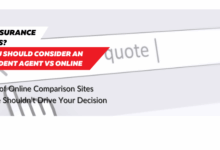BLUEPRINTS
-
BLUEPRINTS
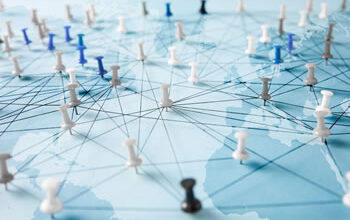
How International Trade Loans Help Small Businesses Compete Globally
How International Trade Loans Help Small Businesses Compete Globally Expanding into international markets can unlock major growth for a small…
Read More » -
BLUEPRINTS

10 Successful Loan Amortization Tips To Start A New Business
Most of us think about whether we are competent or smart enough to start a business. People hope to make…
Read More » -
BLUEPRINTS
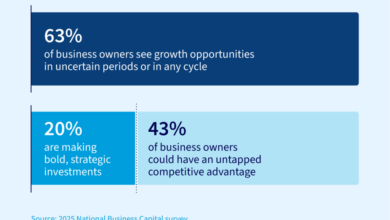
Capital Report on Quiet Expansion in 2025
In typical cycles, the playbook is easier to read. Boom-and-bust cycles offer a kind of clarity. In a boom, momentum…
Read More » -
BLUEPRINTS

Acquiring a Majority Business Stake with Partial Buyout Financing
Acquiring a Majority Business Stake with Partial Buyout Financing Acquiring a business can take many forms, including partial acquisitions, which…
Read More » -
BLUEPRINTS

7 Easy Car Loan Documentation Checklist To Follow
Compiling car loan documentation is not an easy process. If this is the first time you are applying for this…
Read More »
BOOSTERS
-
BOOSTERS

SBP sees growth below target, inflation to rise amid currency strain
State Bank of Pakistan building in this undated image. — AFP/File Reserves may reach $17.5bn…
Read More » -

-

-

-

-

-

CASHFLOW
-
CASHFLOW

How to save for college in a volatile market
Stephanie Phillips | Getty Images More from FA Playbook: Here’s a look at other stories affecting the financial advisor business.…
Read More » -
CASHFLOW
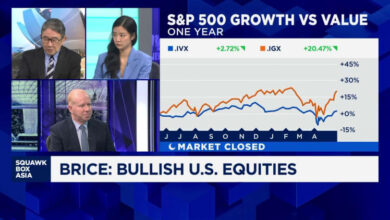
What Moody’s downgrade of U.S. credit rating means for your money
A woman shops at a supermarket on April 30, 2025 in Arlington, Virginia. Sha Hanting | China News Service |…
Read More » -
CASHFLOW
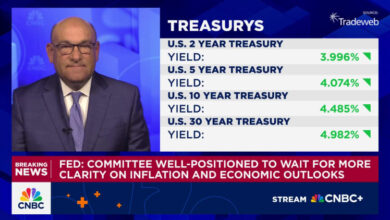
3 smart money moves to make
In minutes released this week from the Federal Reserve’s May meeting, central bank policymakers indicated that an interest rate cut isn’t…
Read More » -
CASHFLOW

Using A Personal Loan To Fund Your New Startup Right In 2021
Anybody who has tried to get one will know that getting a bank loan for a new business is no…
Read More » -
CASHFLOW

The Benefits Of Self-Employed Loans
Being self-employed is the ultimate dream. With no boss to answer to, making all the business decisions on your own,…
Read More » -
CASHFLOW

Plan Now for Next Year’s Growth
As the end of the year approaches, now is the perfect time for small business owners to start planning. Whether…
Read More »




